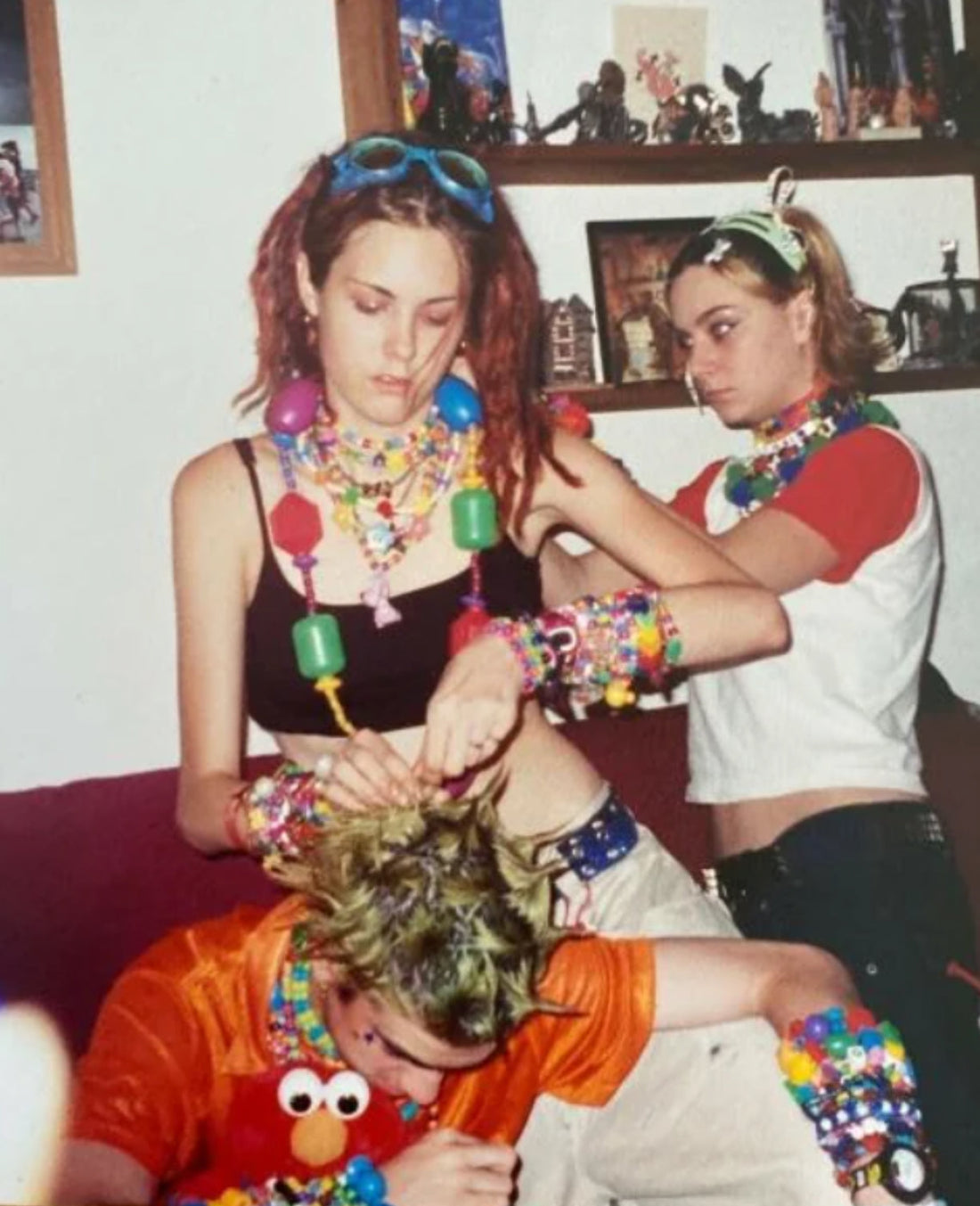Before There Were Festivals, There Were Raves
A cultural remembrance of the underground that lit the way
Before the laser-lined mega-stages and synchronized pyrotechnics, before corporate wristbands and weekend-long festival cities, there was something smaller—yet infinitely more powerful.
There were raves.
Not the “rave stage” inside a music festival, not the glossy branded events with VIP cabanas—but the real thing. The underground. The renegade. The call you didn’t answer with a ticket purchase, but with intention, trust, and a deep desire to escape the ordinary.
Before there were festivals, there were raves.
And they didn’t need permission to change the world.
The Renegade Roots
In the late ’80s, through the ‘90s, and into the early 2000s, raves weren’t mainstream. They weren’t polished. They were clandestine, gritty, and electric. Word of mouth, hand-drawn flyers, burner phones, dial-a-map hotlines, and coded messages on primitive internet forums were how you found them.
Sometimes, you’d get a flyer at a record shop or a gas station and have to meet someone in a parking lot hours later just to get directions.
These events were held in abandoned warehouses, desert flats, roller rinks, hollowed-out basements, and sometimes even deep in canyon backroads, where generators powered the speakers and the earth shook with every kick drum.
You didn’t show up for a headliner. You showed up for a feeling—a freedom that transcended location, genre, or scene.
Not a Trend—A Culture
Rave was never just about dancing. It was a movement, an ungoverned zone of expression, rebellion, and transcendence. It gave home to queer kids, runaways, neon-clad outsiders, and those who felt disillusioned by the structures of the world around them. It was a place where everyone belonged, because no one was trying to fit in.
The code was simple: PLUR—Peace, Love, Unity, Respect.
These weren’t buzzwords. They were the currency.
You traded kandi bracelets with strangers, exchanged stories in the chillout room, watched over each other, and danced until sunrise, bonded not by genre—but by frequency.
And it wasn’t just EDM. It was everything.
Jungle, breakbeat, trance, techno, house, happy hardcore, gabber, industrial, drum & bass, dubstep, ambient glitch, IDM.
Somewhere in the crowd, there was always a mixtape being handed off, a new sound being born, a beat you’d never heard that would change your life.
The Look Was the Language
Ravers wore their identities like sacred armor.
Before the influence of social media, there was no “on-trend”—only authenticity. You wore what made you feel free. What made you glow.
Vinyl pants, faux fur, UFOs, thrifted mesh tops, fuzzy legwarmers, kandi sleeves, phat pants, anime tees, gas masks, wings, platform boots, and cyber-locks—rave fashion was as fluid and genderless as the people who created it.
There were no rules. Just color, creativity, chaos, and comfort.
It wasn’t about being photographed. It was about being seen. Truly seen—for who you were or who you were becoming.
The Desert Never Needed a Stage
In the American Southwest, the desert became sacred rave ground. You’d follow a convoy of cars hours out of town, watch the red tail lights snake through the blackness, park in a dusty clearing, and find yourself in the middle of something ancient and futuristic at once.
A generator would hum. The bass would begin. And the desert would come alive.
No wristbands. No food trucks. No phones.
Just your people, the stars, and a shared pulse.
You didn’t need a stage—because the dance floor was the Earth itself.
The Line Between Now and Then
Today’s festivals are breathtaking. They are feats of design, music, production, and community. They welcome thousands, offer life-changing experiences, and carry a piece of that early spirit forward. But it’s important to remember that what came before wasn’t just a primitive version of today—it was its own world, with its own rules, values, and raw beauty.
What the underground taught us was this:
You don’t need permission to celebrate life.
You don’t need a stage to become magic.
You don’t need a brand to be seen.
Before there were stages, there were speakers on milk crates.
Before there were sponsors, there were strangers passing out water.
Before there were influencers, there were kids in fishnets building temples out of music and sweat and light.
Before there were festivals—there were raves.
And those raves were sacred.
